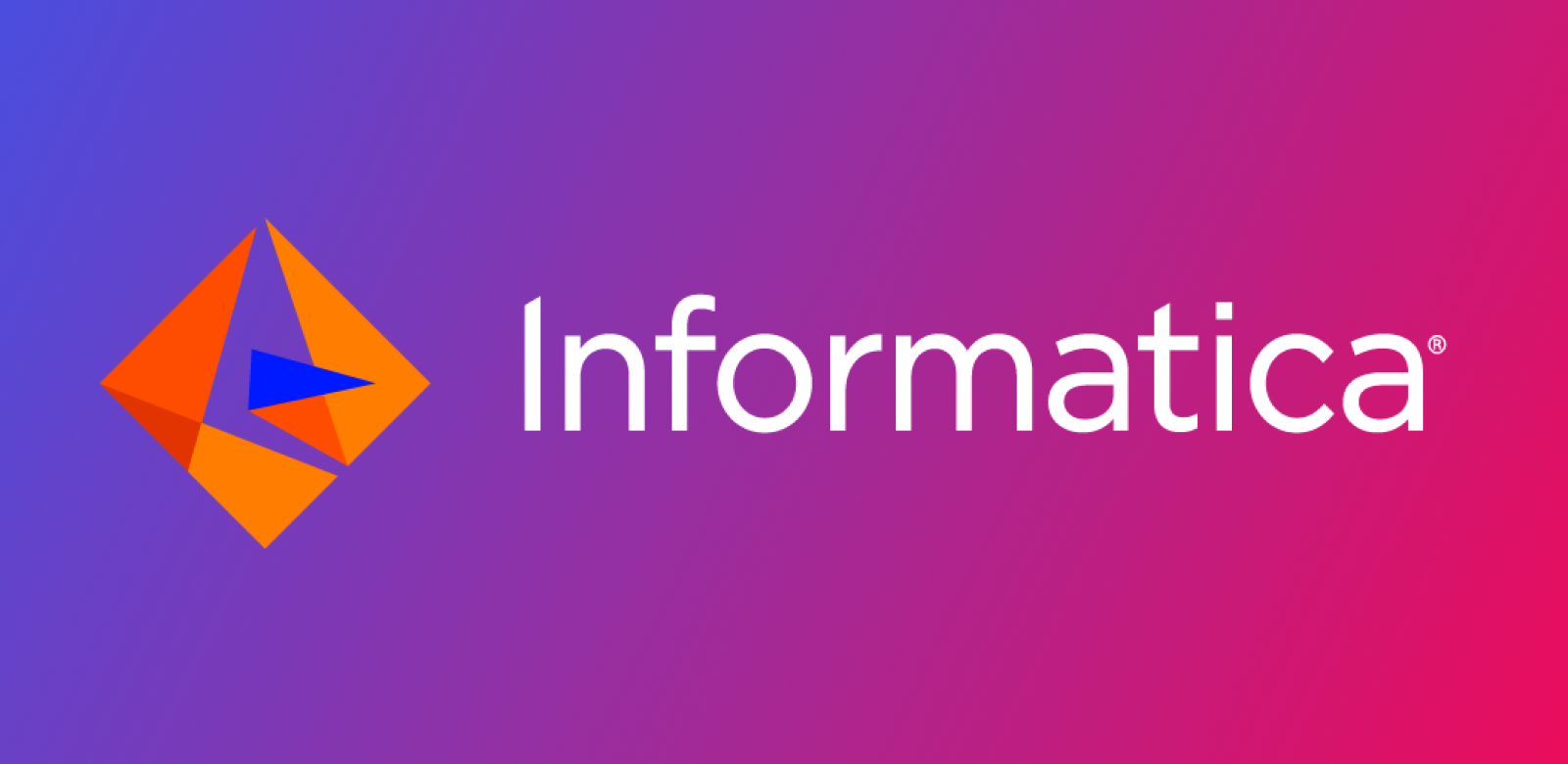
Jan 18, 2023
Build vs. Buy: A guide to investing in AI for your support experience
digital transformationbuild vs. buycustomer experience
If you’ve ever needed a software solution, you know you have two options: build custom or buy existing.
Building software lets you customize to your exact needs but also requires significant resources. Buying software gives you the ability to get the job done faster but loses some of that customization.
The security and sensitivity required around customer data often drives businesses to build on to their existing ticketing system. But building a solution to fix customer support gaps comes with major risks, and the decision you make can impact much more than your support team. Both IT resources and the cost of doing business must be considered.
This article explores the risks in building versus buying software, and lays out why going with an existing solution will save you time and money – and also end up the best path forward for both your customers and their data.
Risks in building software
Risk 1: Opportunity cost and poor adoption
Custom-built software must integrate with the other systems your business already uses. If you’re planning to build a solution for customer support, it must integrate with your ticketing system, whether it be Salesforce Service Cloud, Microsoft Dynamics, Zendesk, and so on. Developing something in-house will take a lot longer than purchasing software, and hiring the right people to make it happen will take time (and money).
There are several cost factors to weigh before diving into development:
- It will be incredibly time-consuming and keep you and the IT team away from other tasks unless you hire an external team to create the software.
- You’ll incur a lot of extra costs in the process. To be effective, AI software needs to be adaptable and customized to your team. That means you need experts on staff like a data scientist, a quality assurance manager, a CRM support analyst, and more. Tally up those salaries, and that’s a lot more costly than purchasing software upfront and then tweaking it to fit your needs.
- You’ve got to look out for potential security risks if you don’t have enough staff to manage your proprietary software properly. You need the right level of experience to handle application security.
- Code errors and other bugs may pop up if there’s a small development team working on this project. You and your team would be building a customer support solution likely for the first time, and when that happens, the potential for errors increases.
The risk of poor adoption compounds these opportunity costs. Software adoption programs are the key to software rollouts. The employees who know the most about how your custom solution works will need to be available to provide support to other employees once that software deploys. If there’s no adoption program or support in place and employees have questions about how to operate it, the overall efficiency of the organization will be affected.
Risk 2: Low domain expertise
The data science, workflow design, and analytics that define a modern support experience solution demand domain expertise. If your solution works fine but your competitor is using a solution that works better, you’re putting yourself at a competitive disadvantage with retaining customers.
Data science is prone to error and false flags. You may have an excellent data science team already working on your commercial products, but customer support domain expertise will be crucial to pulling actionable insights from your customer interactions. Every business space has its own language and nuance – a data science team trained on marketing tools would need additional time and resources to tune and iterate their models and data labels to the customer support domain.
As discussed in our white paper on AI, that domain expertise is a huge reason why recall and accuracy are rated high with our sentiment detection and escalation predictions. These analytical models are built from years of trial and error and then continue to learn from your support ticket outcomes. Lean on domain-specific data science teams rather than building your own.
Risk 3: Lack of scale and maintenance
If you’re set on dedicating a data science team to your support operations, you’re still missing out on the workflow tweaks and continual updates that are vital to an evolving support experience application.
Consider how big the project and maintenance will be. Does your business have the workforce on staff to handle maintaining this type of software while continuing to maintain regular company needs? Is it worth allocating staff time away from business needs to maintain new software? It could hurt employee engagement if they’re taken off of a project they’re working on to do something else.
AI models need upkeep and tuning to stay in line with your customer support organization. Your team must be able to tune for new product terms and pull new insights that help your customer support and success teams stay on top of customer relationships. Today’s escalation predicting tool is tomorrow’s false flag without the right maintenance.
“Typically, when you’re looking at an initiative of trying to build something, you generally will underestimate the effort…the right level of investment in these areas not just for product launch, but for improvement, maintenance, scalability, [and] adding new capabilities.”
– Giri Iyer, SVP, Global Customer Support and Success at Rubrik
Risks in buying software
For most, buying existing software is the easier option. If your pain point is something competitors also experience, then there’s likely software out there that will help you. Unless creating your own software will give the company a substantial competitive advantage, buying software is the more efficient option. To maintain a strong business, spend your resources building what you hold or plan to hold a competitive advantage in, and buy the rest.
The choice to buy software offsets the challenges associated with building a solution in-house:
- Your company gets instant access to the product and can start using it to solve business problems instead of waiting it out.
- It’s more cost-effective. Instead of paying salaries for each person responsible for developing and maintaining in-house solutions, the company pays one monthly or annual fee. It’s a predictable cost, and you can easily budget for it.
- Access to customer support. Your team gets their questions answered quickly, and you don’t have to use a dedicated staff person to field queries related to your proprietary software. The people in your company who use the software have a dedicated support team that swiftly helps them solve issues and successfully navigate the product.
While buying tends to be a more effective path, the path is not free of challenges:
Risk 1: The ability to customize completely
Many software options can be adjusted, but it is possible that it will only integrate with some of the systems your company uses. If connectivity is important, talk with your software provider to make sure their product integrates with the systems you have in place that are key to running your day-to-day operations.
Risk 2: Reliance on the software provider for updates or upgrades
Since your company is likely one of several customers, getting those updates and features may take some time. Mass updates to the software may also not benefit you, or you might need help adjusting to them. In some cases, an update could actually remove the functionality that you need.
These risks to buying software are significant, so be sure to partner with a software solution that can help you mitigate both. SupportLogic specializes in customizing our models to the nuances of your support ticket lifecycle. We also maintain a customer advisory board to help guide product decisions and updates.
Which choice is right for you?
Your decision to buy or build software will affect your business for years to come. Your choice should align with your business goals, the functionality you need, and whether building or buying software will increase your overall business value.
While “build” and “buy” both have positives, choosing a pre-built platform will result in a better agent experience and customer experience. In a tough economy where every piece of revenue is more valuable, you can’t waste resources developing tools when trusted and secure options are available out of the box. Your customers and your agents need improved Support Experience now, not in 6 months to a year.
For more on this topic, watch our webinar with Giri Iyer from Rubrik where he explains why he chose to invest in SupportLogic rather than build a solution.
Don’t miss out
Want the latest B2B Support, AI and ML blogs delivered straight to your inbox?



